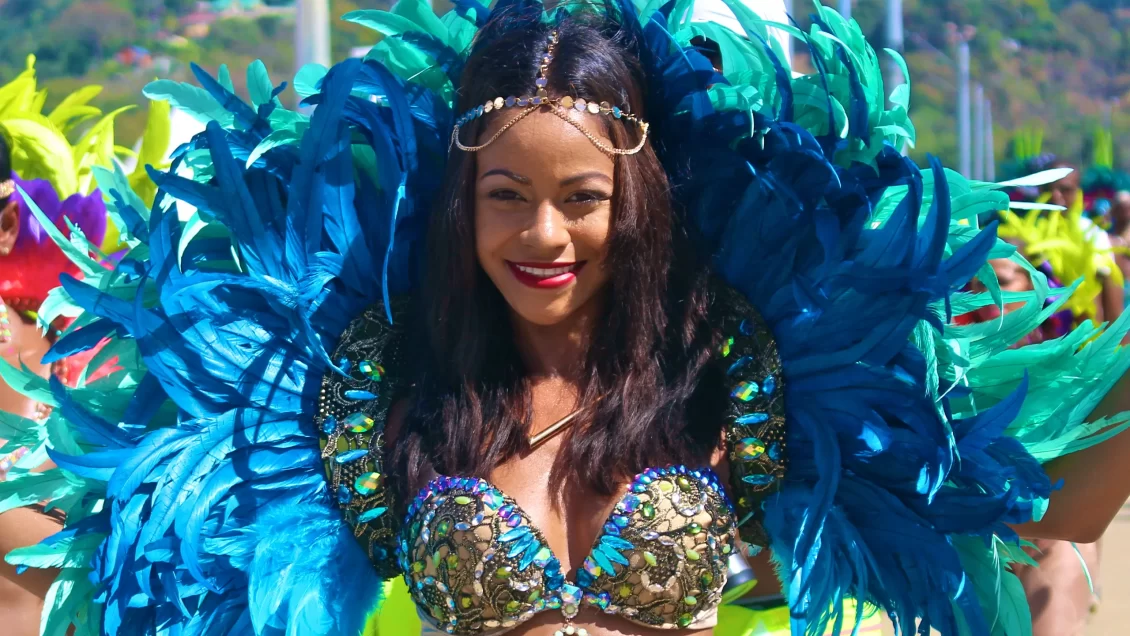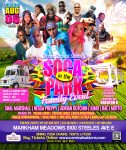
Canadian Centennial was the first name given to the Toronto Caribbean festival. The festival began in 1967 and was formulated to bring together the west Indian culture and the black Canadian tradition. Its purpose was to help sort out the funding of the West Indian cultural centre at the time.The features were born to mimic the Caribbean festival in Trinidad and Tobago. The birth of the carnival was announced on July 2nd 1967 by the Caribbean Centennial committee set up to organise and oversee the event. On August 5-12 1967, the Canadian Centennial took off at the olympic Island in Toronto. The whole idea was to represent all the ten cultures of the Caribbean Island and also Bermuda and Guyana. The music played in the festival included soca, calypso and steelpan. Performances included steal bands and festival parades as well as dancing, stage acts, drama, night events, carnivals for kids and adults. There were also ferry cruises, fruits and vegetables exhibitions and markets and water skiing.
On the first day, there were carnival parades, the costumes were bright and beautiful , the five calypso bands drummed on steel bands. The parade really kicked off to a good start , anyone could get involved. The next day there was concert involving performers from Trinidad recording about 32000 people in attendance. There was a heavy downpour of rain that led to the extension of the festival to the next Sunday. Caribbean leaders were in attendance due to the success of the parade, and soon, people from all over the world became interested in the festival which led to its annual holding. People continued to troop into Toronto yearly to attend this festival. One tragic event happened during the 1971 festival event, a car being driven by a woman lost control and ran into a lot of people. Some were killed and others injured during the process.
Impacts of the Toronto Caribbean Festival
The Afro-Caribbean people have experienced Canada differently since the birth of Caribana.The festival has been scrutinised in writing by certain scholars like David Trotman, m.nourBese Phillip and Jenny Burma. The negative media attention and funding battles for generating millions for the city of Toronto annually have been analysed in these writings.
A main focus of the festival is obviously the music and its varieties that this festival brings together. As previously mentioned, the festival features calypso and soca and in addition, Jamaican reggae, cadence, tassa drumming, salsa, RnB and Rap. Really, whatever music genre tickles you, you’re sure to find it at the Caribana. There’s also the J’ouvert a kick off parade organised Caribbean’s community.
The Ontario science centre has continued to sponsor the Innovation of Mas award since 2010. This award was born out of a need to celebrate designers, inspiring the exploration of the scientific feats that make it possible for gigantic floats and costume to remain the same in terms of buoyancy and their structures even after a long time of chipping and a lot of dancing. The Royal Ontario Museum of the Ontario science centre s had several exhibitions in support of the Caribbean cultural heritage. The TOM has provided opportunities for Canadians to get to know more about the history of this great festival that continues to attract people from all over the world yearly. Mas camps are places where the costumes used during the festival as well as the floats undergo construction. Scientist Walter Stoddard found a lot of qualities such as innovation and creativity, skills and attitudes present in all the Mas camps he visited along with the jury in the course of trying to pass a judgement about the media focus on the financial impact of the festival .
History of the Change of Name of the Caribana festival
Due to financial struggles in 2006, the festival left the city of Toronto , leading to it being given the name , Caribana of Toronto. Another festival, Scotiabank Toronto Caribbean festival was introduced as a replacement in the city of Toronto. Again in 2011, the festival’s name was changed to Scotiabank Caribbean Carnival Toronto after an Ontario judge’s ruling in recognition of the legal rights of the Caribana Arts Group, the successors of the Canadian Centennial. The Scotiabank withdrew its sponsorship of the Caribana festival in 2015. After this, the name became the Toronto Caribbean Carnival. How-ever the name Caribana still sticks and is preferred among a lot of people. The Toronto festival now leads other festivals of the Caribbean culture in North America in terms of popularity. The festival now holds for as long as three weeks and attracts tourists from various parts of the world.
Caribana now symbolises a cultural event that tries to pull people together and create some certain kind of connectedness. People learn about different cultures and heritage during the Toronto Caribbean festival. The festival hold every August, during the summer when it is perfect to go on a vacation. You can be sure to meet people from far and wide. More than 1 million people come to attend the festival from the United States and different countries. It hosts celebrities, families and young men and women just seeking some excitement and a feeling of some cultural vibe. Participating in the parade is also open to the public who can join and dance along. You’d often see people dancing and chanting in the crowd, it is common for people to dance up to a partner and seek to dance in pairs. The Toronto Caribbean Festival is really just a gathering of people who are trying to have fun.






